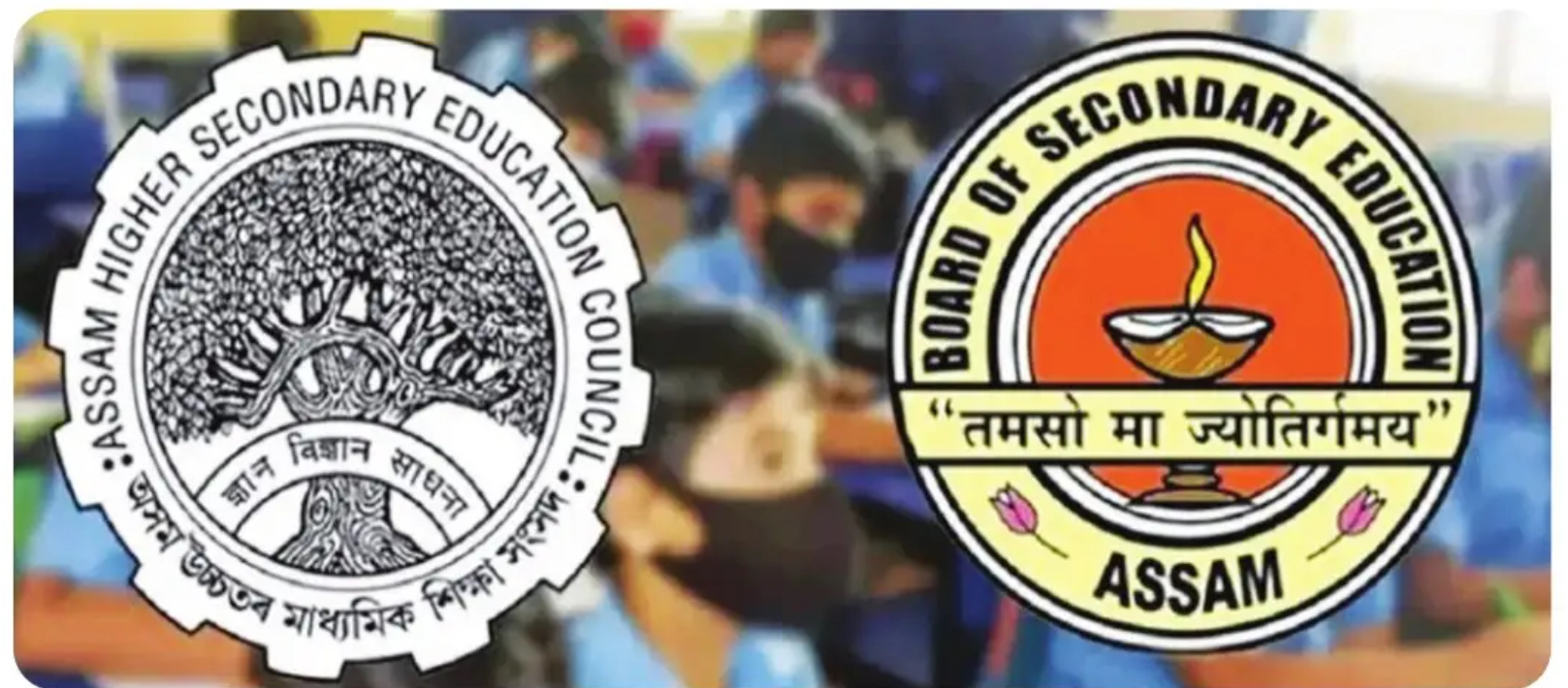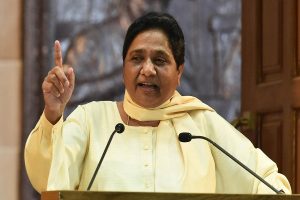The decision of the Government of Assam announced on 30 March 2024, to provide primary education in six languages spoken by the state’s increasingly assertive plains tribes— Rabha,Tiwa, Mising, Karbi, Dimacha, and Deuri—has been widely acclaimed, especially in upper Assam, capturing the headlines of the media, and its timing just before the Lok Sabha election is significant as the support of these groups could be decisive in a number of constituencies, especially in upper Assam.
On the face of it, the decision is sound and in keeping with the National Education Policy 2023 that primary education is to be imparted in the mother tongue, which is the language spoken by the child at home. However, given the linguistic diversity of Assam, which is evident from the number of literary societies formed since the 1980s to promote the languages of ethno-linguistic groups such as Bodos, Koch Rajbanshis, Deori Kacharis, the Adivasi origin tea labour community, and even long-time Nepali settlers, this decision must be seen as path-breaking because implicit in it is, first, the recognition of the linguistic diversity, and second, the policy decision to promote the use of these languages as the medium of primary education has the force of law and cannot be easily backtracked.
Advertisement
This step should not be seen in isolation but in the larger context of Assam’s sustained efforts to “manage” its mind-boggling diversity—a fact not duly noted in the national media, such as, for example, the role and functions of the six statutory autonomous councils set up under the state laws for the development of areas inhabited by Rabha, Mising, Tiwa, Deori, Thengal Kachari, and Sonowal Kachari plains tribes; and 34 non-statutory “development council” for the betterment of Assamese castes like the Sut, Brahmin, and Kalita; and surprisingly for even Bengali and Hindi-speaking people as well. This is a most remarkable feature of Assam’s quiet effort to harmonise development with diversity, which merits evaluation by the North Eastern Council in its capacity as the “regional planning body” and even by NITI Ayog, as some aspects of this initiative could be replicated elsewhere to promote such development.
However, the object of imparting primary education in six tribal languages will not be easy for reasons such as a lack of textbooks and teachers who are conversant with the languages well enough to teach, etc. However, these could be overcome with determined efforts. A fascinating aspect of the Brahmaputra Valley is the coexistence of a large number of ethno-linguistic groups who don’t understand each other’s language largely because of the remoteness of their villages, limited needs, and terrain, and therefore adopted a form of Assamese as the “lingua franca” for communicating with each other.
Since the “home languages” of plains tribes such as Misings or Bodos are distinct, the services of Dubhashis, “language interpreters,” are needed to enable the DC’s and SDOs to interact with the villages inhabited by plains tribals during their tours. It may be recalled that the demand of Bodos in the late 1960’s for a separate state, Udayachal, spearheaded by the PTCA. (Plains Tribals Council of Action) and for the introduction of Roman script in the Bodo language in the late 1970’s led to decades of violent movement, which ended with the formation of the Bodoland Territorial Council under the Sixth Schedule of the Constitution with the signing of the Bodo Accord on 10 February 2003.
This naturally led to the adoption of the Bodo language in the educational system in the BTC areas. Thus, from a wider perspective, this is a bold step towards the recognition of the linguistic identity of six more tribes, including two Karbis and Dimachas inhabiting hill areas as well. This development, however, is not to be seen in isolation but in the context of an equally bold decision by the Government of Assam announced in 2023 to introduce English as the medium of instruction for teaching science and mathematics in all state-run and aided schools from class 6.
The grounds, stated and unstated, are straightforward: science and maths taught in English at the early stage will empower the students as well as the teachers in multiple ways, removing inhibitions about the terminology, reasoning, and methods of analysis adopted globally in English for teaching maths and science, and will raise the capacity and confidence of the students, thereby reducing the perceived advantages of those who have attended “English medium schools,” which are mushrooming in Assam and the north east as well as elsewhere in the country. Predictably, there are protests against it, which are even seen as a second “medium movement,” like the one launched in 1973 on the issue of the medium of instruction at Gauhati University.
However, times have changed, and the reality of the post-internet and mobile phone age is that English has become the global language of communication even outside the “Anglosphere,” that is, countries that were outside the lands that had historic links with the British Empire. Already, several Delhi-based coaching centres have started issuing advertisements in English dailies about their coaching programmes in “Hinglish,” much to the amusement of readers like your columnist. However, this only shows how familiar English has become now, even among the kids in urban and even rural areas who are seen using mobile phones and apps with ease, and this must be the reality in Assam as well.
It is quite possible that Assam noted the great success in school education in Andhra Pradesh after the adoption of English as the medium of instruction in all schools, and reportedly, Telengana is moving in the same direction. Thus, together, these two bold policy initiatives of The Himanta Biswa Sarma government is certain to regard these reforms as path-breaking in the school education system and will be watched by other states of India and in the northeast with great interest.
The author is a retired I.A.S. officer of Assam Meghalaya cadre and had served as Secretary Agriculture and Revenue Commissioner of Assam.











